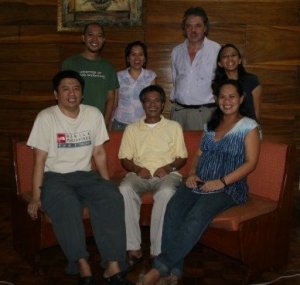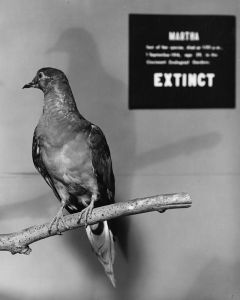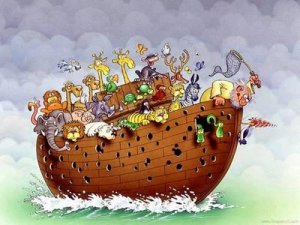Of all the things William Oliver said to me, this was one that stuck the most. It was probably because the last time I heard him say it, that was during the tumultuous time of transition from FFI to PBCFI. When I received the news this morning, I was shocked. I didn’t even know he was not in good health. I meant to visit him but that plan never came into fruition. There were a few times when I was in Malate and was tempted to just pop in, but I never did.
I first met William while I was still with PESCP back in 2005. He was with my friend, Carmela Espanola, at that time, and I just arrived from Boracay for this particular meeting. He told Carmela then that I might be suitable for the new project he was cooking up. A few months later, I was working for FFI.
William and I were not always in the same page. I resented the way he communicated with me at times. There were instances when I directly disobeyed him. I did not do it simply to irritate William; I believed I was acting ‘in the best interest of the project’. That was another statement that, if you work for William, you’ll always hear from him. I learned a lot from William, albeit he never really intended to– be it how to, or how not to go about doing something. I fell in love with the leopard cat through a project I did for him. It was through the Reintroductions Project that I was honed to deal with different kinds of people, from government agencies to farmers to private land owners. But most of all, he shared his passion for conservation.
The fact that I will never be able to discuss conservation woes with him or talk about his reintroduction plans is just starting to sink in. The artist who rendered endangered Philippines species to life with his ‘Only in the Philippines poster series’ will no longer produce another work of art. This person who did so much for the conservation of endemic Philippine wildlife will no longer be around to see Visayan spotted deer roam the forests of Panay. I regret that I never visited him and never talked to him when I got back after finishing graduate studies. Mea culpa.
Farewell, William.








